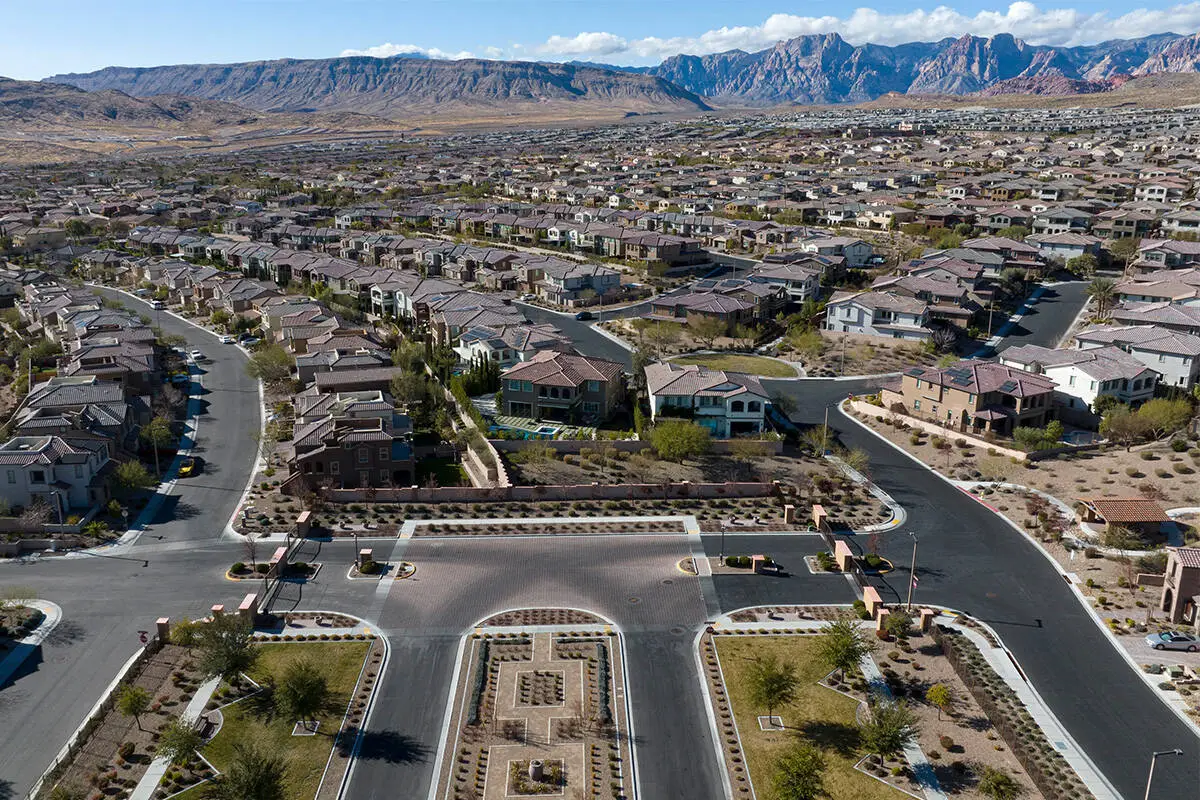The Las Vegas Valley has faced significant challenges in homebuilding over the past 15 years, as highlighted by a recent report from UNLV’s Lied Center for Real Estate. Since 2010, there has been a 64% drop in residential permits compared to the period from 1995 to 2003, a decline much sharper than the national average. This downturn is attributed to a combination of economic and logistical factors, including labor shortages, tight credit for development, disrupted supply chains, and increased costs due to inflation and higher interest rates.
A major hurdle for the Las Vegas housing market is the limited availability of land, as nearly 90% of the land in the valley is federally controlled. This has driven up land prices, making many potential developments economically unfeasible. As a result, home prices have reached record highs, with the median price at $485,000, exacerbating affordability issues for potential buyers.
Homebuilders like KB Home are striving to reduce costs by improving build times and energy efficiency, despite the economic challenges. The constrained supply of homes is further tightened by the fact that many homeowners are locked into low mortgage rates from the pandemic era, limiting the resale market.
The report suggests that if the construction pace from the late 1990s had continued, an additional 281,381 residential units could have been built between 2010 and 2025. However, home price appreciation has significantly outpaced historical norms, rising at an average annual rate of 7.2% since 2010, compared to 4.7% from 1995 to 2003.
Looking forward, the Southern Nevada Home Builders Association underscores the need for collaboration with federal, state, and local authorities to release more federal land, reduce fees, and streamline development processes to address the housing crisis. Despite a slight increase in building permits in 2024, the outlook for 2025 suggests a minor decline, influenced by reduced land purchases in previous years. Addressing these challenges is crucial for the region to expand its housing supply and improve affordability.






















